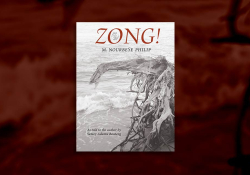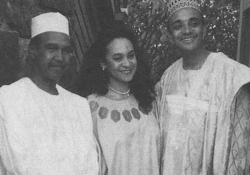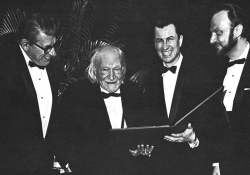Revisiting Tule Lake
On February 19, 1942, President Franklin D. Roosevelt signed Executive Order 9066, initiating the largest single forced relocation in United States history. After Pearl Harbor, the United States government considered Japanese Americans living along the Pacific coast national-security risks. In response, persons of Japanese ancestry were forcibly removed from their homes and placed in one of ten relocation centers scattered throughout the country. Motivated by fear, politics, greed, and long-held racial prejudice, Americans were able to justify the confinement of nearly 120,000 Japanese Americans.
I first visited the location of the former Tule Lake Relocation Center in 2001, more than fifty years after the poet Lawson Fusao Inada had been confined there as a child. I came to Tule Lake to make photographs for what later became a book entitled Placing Memory. I began the project following an earlier visit to the site of the Manzanar Relocation Center in southeastern California, perhaps the best known of the ten internment camps of World War II.
What I found in its place was silence. A silence so powerful I felt compelled to remain for several days trying to understand more clearly what I was feeling.
Prior to my trip to Manzanar, I had been aware that many Japanese Americans had been imprisoned during the war, but the extent of my understanding did not go much deeper. This visit was in the late 1990s, a few years before the current visitor center and other interpretive structures were installed by the National Park Service. At that time, very little evidence of the history of the place remained. As Mr. Inada describes in his poem “To This Day” (WLT, November 2014, 23), the barbed wire had disappeared.
What I found in its place was silence. A silence so powerful I felt compelled to remain for several days trying to understand more clearly what I was feeling. For me, in that silence was also a presence. Embedded in this place were the lives of thousands of individuals.
Immediately following their closure late in the war, the United States government began to disassemble the camps, repurposing or selling as surplus all physical evidence of their existence, literally and metaphorically burying a history no one wished to remember. Considering the artifact (the barbed wire) is important, for around artifacts we attach narratives and through narratives we construct both history and memory.
The systematic removal of all physical evidence from these sites represents an attempt to cleanse these events from our collective national consciousness.
The systematic removal of all physical evidence from these sites represents an attempt to cleanse these events from our collective national consciousness and, as Mr. Inada suggests, to move forward. Perhaps the better choice would have been to leave everything in its place. To leave the camps standing as a reminder of the danger of racial intolerance and other beliefs that serve to keep us separated and confined. Perhaps if we were forced to live among the rusted barbed wire and other artifacts from our complex and problematic history, we would, as Mr. Inada asks, understand the metaphorical importance of “reach[ing] through the strands / with extended hands.”
Editorial note: See also “The William Stafford Centennial 2014: 100 Years of Poetry and Peace,” by Kim Stafford.












